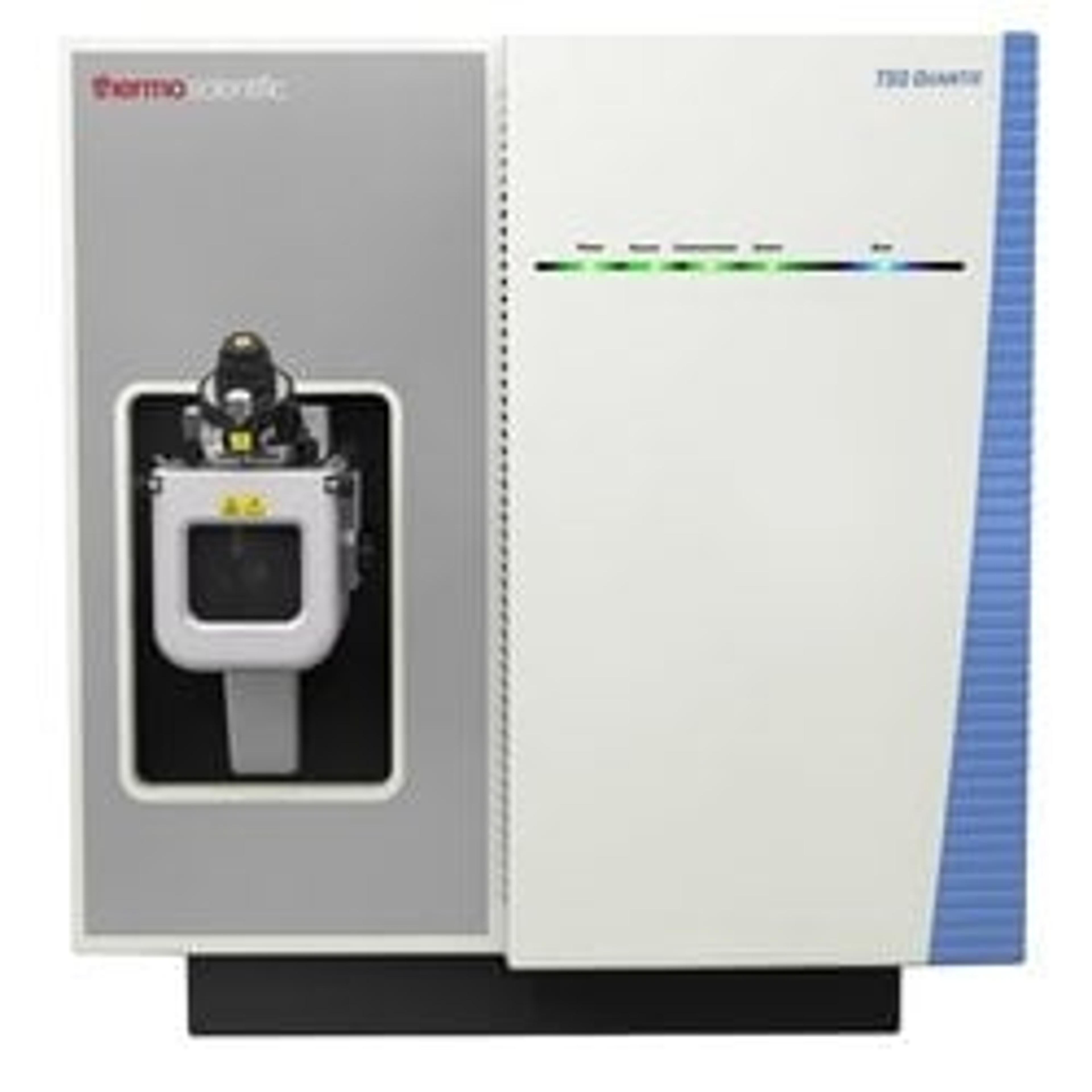Updated software solutions enable new insights and productivity
Thermo Scientific software suite improvements deliver enhanced performance, usability, and integration across a wide range of workflows
3 Nov 2021
Scientists in proteomics, biopharmaceutical, pharmaceutical, forensics, environmental, food safety, clinical, metabolomics, and lipidomics settings can now benefit from the newest software releases with streamlined workflows to deliver more comprehensive analysis of their data. The latest updates to the software solutions bring new features that enable researchers to achieve more high-quality results from their data with increased ease of use and performance.
"Since hardware and software function hand-in-hand to produce increasingly accurate, but complex datasets, it is essential that we develop powerful software to expand analytical abilities and provide greater biological insights," said Mark Sander, senior director, software platform management, chromatography, and mass spectrometry, Thermo Fisher Scientific. "Thanks to the latest releases of our software suite using the newest technologies, such as deep learning, customers can use their analytical instruments to the fullest and make the most out of their data."
Thermo Fisher Scientific is showcasing its new software solutions during the 69th American Society for Mass Spectrometry (ASMS) Conference on Mass Spectrometry and Allied Topics, held on October 31-November 4, in the Pennsylvania Convention Center, Philadelphia, Pennsylvania.
Deep learning tools to transform proteomics data analysis
The newest Thermo Scientific Proteome Discoverer 3.0 software combines with the CHIMERYS search engine by MSAID to allow Thermo Scientific Orbitrap mass spectrometer users to more fully interpret the data generated by their instruments. Artificial intelligence (AI) enables a deeper mining of proteomics data, which substantially increases the identification of unique peptides and improves overall protein coverage. Proteome Discoverer 3.0 software also includes an updated INFERYS prediction model, the Comet search engine, and a SureQuant method exporter node. The deep learning technology is a breakthrough, allowing researchers to go beyond standard search engines and unlock new possibilities in the proteomics field.
New peak detection and filtering improves and accelerates untargeted small molecule workflows
Small molecule researchers can now benefit from Thermo Scientific Compound Discoverer 3.3 software to detect more compounds in less time, thanks to faster and more sensitive peak detection. The new software provides peak quality reporting to help determine and filter relevant compounds, streamlining the data review process. Scientists can improve confidence in compound annotations through MSn spectral tree search capabilities in tandem with the Thermo Scientific mzCloud spectral library to address the most challenging unknown compounds. Compound Discoverer 3.3 software, which has been optimized for processing large datasets and detecting low-abundance compounds, will support scientists in metabolomics, pharmaceutical, environmental, food safety, clinical, and forensics applications to acquire the results they need to drive science forward.
Simplify comprehensive biotherapeutic attribute characterization workflows
Apply advanced new capabilities for biotherapeutic workflows with Thermo Scientific BioPharma Finder 5.0 software to speed time to results. Increase throughput and confidence with built-for-purpose data processing, curation, and customizable reporting in a secure connected environment to streamline and enable collaboration on a global scale. Scientists can leverage BioPharma Finder software across multiple application workflows and modalities including peptide mapping analysis, oligonucleotide analysis, intact mass analysis, and top-down analysis for increased confidence and productivity.
Direct infusion workflows now supported for lipid-profiling software
Thermo Scientific LipidSearch 5.0 software is now compatible with direct-infusion mass spectrometry to deliver real-time monitoring coupled with accurate lipid identification. The peak detection engine included in the software provides accurate peak detection with a new and improved graphical user interface. LipidSearch 5.0 software also features a new retention time correction algorithm for liquid chromatography workflows, providing even more accurate quantitation, and includes a customizable lipid database containing over 1.5 million lipids and their predicted fragment ions.

